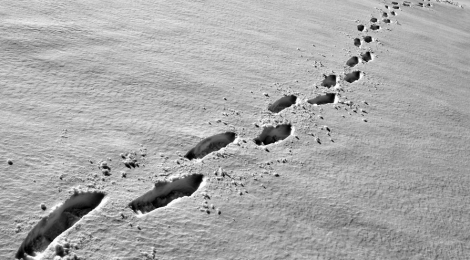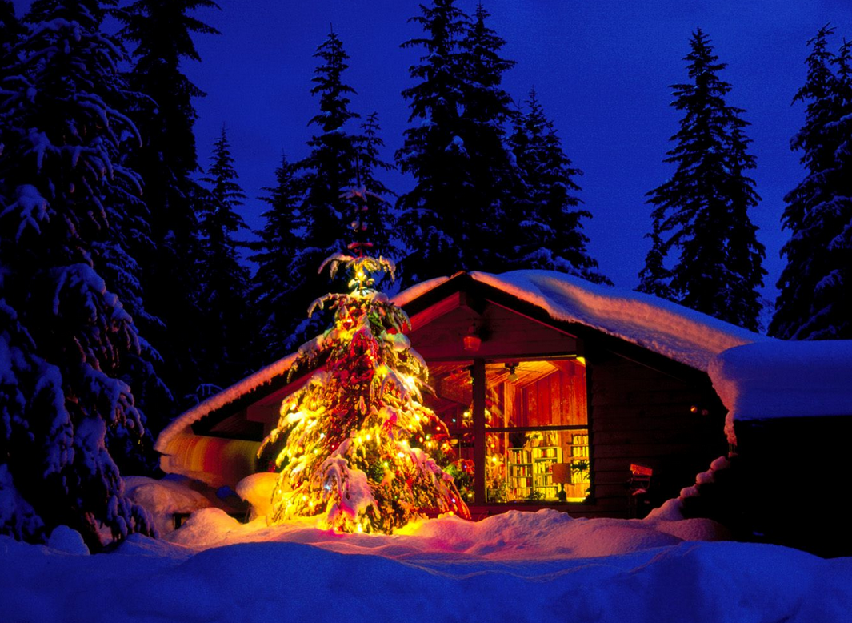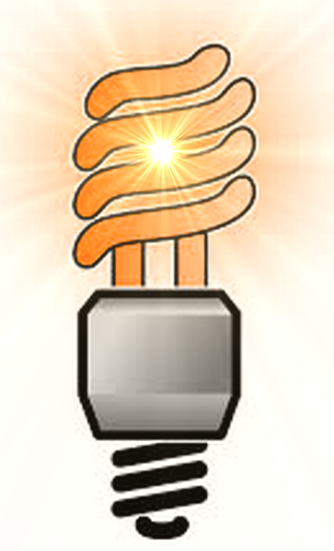
Footprints on the trail of cold fusion
A long trail finally nears a warm home
Today the most popular means to produce cold fusion is virtually identical to experiments I first performed 2 decades ago
Gas phase with nano-particles. ( I am still at it.)
There I used palladium that was first pre-loaded with deuterium then put into a small glow discharge tube. In fact I used simple ‘neon tube’ materials the same as are used by neon sign makers.
How my work came to happen, beginning in the spring and summer of 1995, was with the help of my friend Jeff Golin who was/is a plasma physicist by vocation and a neon light artist by avocation. He kept a neon artists studio, a few blocks away from my Palo Alto area ‘garage lab.’ With the help of his deft and practiced touch in the glass working and vacuum tube lab techniques we made my experimental ideas shine.
To be truthful I owe much inspiration and know how to my work as a visiting scientist performing sonofusion experiments in the Los Alamos lab of Tom Claytor and Dale Tuggle who were seeing tritium produced by glow discharge cold fusion experiments. They helped with the sonofusion experiments path to make cold fusion I was working on at the time and I helped them with glow discharge experiments. We learned from each other.
In my glow discharge experiments, ‘hot, dry, cold fusion,’ I used 10 cm long 1 cm diameter glass tubes and a short, 2 cm, piece of palladium foil or sometimes the nano-particle palladium powder of Arata. My Arata powder also came from my having taken my sonofusion work to his lab in Osaka where the deal was again I would teach him my work if he would teach me his. I also got my powdered deuterium loving metals from other sources. All was subjected to a glow discharge environment (sub-atmospheric pressure). The palladium metal foils would sputter and build up nano particles in the tube.
The anomalous but hoped for results would appear or not depending on the conditions I could create. In one experiment modality after a few hours one end of a short metal foil would begin to regularly cycle from being cool silver in color to bright cherry red orange, at a temperature of at least 600-800 C estimated by its color temperature. It kept doing this for long periods of time.
The nano-powder version of this work did glow with the distinctive pinkish blue glow of deuterium but not with apparent heat. It did however yield dramatic radiation as unmistakably seen in my Geiger counter. Read more about how this led to an interesting offer to work with the master of fusion in my narrative of working with Edward Teller on this.
The foil experiment would hold in its hot condition for a few minutes then abruptly drop back to its normal cool silver color. After “resting” for a short time, tens of minutes, the metal strip would once again promptly rise to its bright cherry red orange hot condition. On the final day of that experiment over the course of many hours the experiment repeatedly heated and cooled until finally as it heated one last time the temperature or hot and cold cycles became too much for the simple glass tube which cracked and broke allowing air to leak into and quench the low pressure glow discharge environment within.
Alas had I made that first experiment iteration with thicker quartz glass it would likely be running hot to this day.
Clearly there are improvements in this simple demonstrable cold fusion work in hand today. Many hydrogen loving metals and mixtures have been vetted and some are vastly superior to others. While my work was mostly with heavy hydrogen, deuterium, many now work, or claim to work, with ordinary hydrogen that has only a trace of deuterium 1 part in 6000 in it. Some are supporting theories that have the simple proton bearing hydrogen is the primary reactant as opposed to the more traditional fusionable deuterium.
Surely in the deuterium systems prodigious heat along with commensurate 4He helium, which is the expected fusion product of D+D is observed. But over the years many high Z isotope anomalies have suggested some nuclear process that inserts tiny nuclei into larger nuclei exists. Indeed high Z isotope ratio shifts in CFL tubes have recently been reported by a team from 4 prestigious universities. No such isotope shifts are possible save as a result of cold fusion.
My intention, having been on the trail of cold fusion for a long time, is to bring this impossibly cheap form of compact fluorescent fusion to the world in the very near term.


